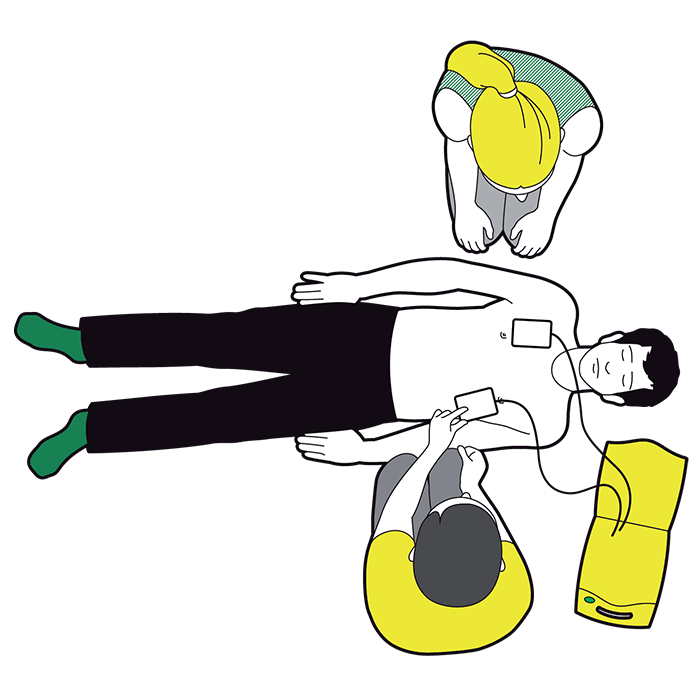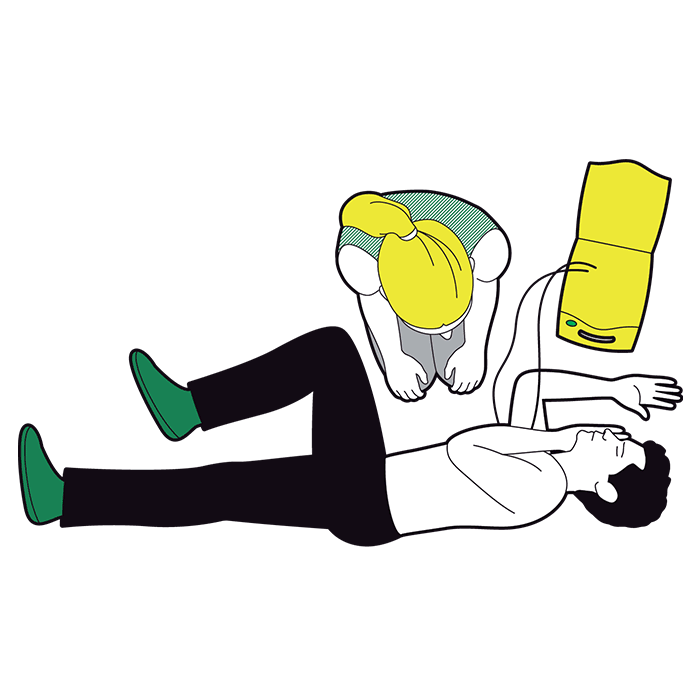New 24/7 Defibrillator in Peterhead and near areas
Where in Peterhead you can find AED defibrillator and How to use a defibrillator.
A defibrillator is a device that gives a high energy electric shock to the heart of someone who is in cardiac arrest.
This high energy shock is called defibrillation, and it’s an essential part in trying to save the life of someone who’s in cardiac arrest.
Defibrillators in Peterhead area.

- Websters Pharmacy – access 24/7
- Buchan House – access 24/7
- Community Centre – access 24/7
- Buchanhaven SCIO – access 24/7
- Men’s shed – access 24/7
- The Palace Hotel – access 24/7
- Buchanhaven Pharmacy – access 24/7
- Peterhead RNLI lifeboat station – access 24/7
- Buchanhaven hearts – access 24/7
- Aileens, Queen St. – access 24/7
- Peterhead FC Stadium – access 24/7
- The Harbour Lights – access 24/7
- Marina Bay Caravan Park
- Peterhead Golf Club
- Peterhead Fire Station
- ASDA Peterhead
- Barclay Park Pavilion
- Community Hospital
- Masonic Social Club
- Fisherman’s Mission
- Peterhead Bowling Club
- Morrisons Peterhead
- Buchanhaven Pier
- Peterhead Health Centre
- Golf Club, Riverside Rd.
- Catto Park Pavilion
- Procurator Fiscal Office
- ARC Cinema
- Sheriff Court
- PACT
- Peterhead Bowling Club
- HAWCO Peterhead
- Baptist Church, 49 King St.
- Ugie Salmon, Ugie Rd
- Park Garage Boddam
- Congregational Church (the back lobby)
- Crimond Primary School – access 24/7
- Hatton Community Hall
- Cruden Bay Golf Club
- St Fergus Hall
24 Hour Access Defibrillators nearest Peterhead
Boddam—Park Garage
– 36 Harbour Street, Boddam, AB42 3AU
Buchanhaven Pharmacy
– 23 Skelton Street, AB42 1HR
Buchan House
– St Peter Street, AB42 1QF
Catto Park Recreation Pavilion
– Balmoor Terrace, AB42 1EP
Crimond Primary School
– 23 Logie Road, Crimond, AB43 8QL
Hatton Community Hall
– Station Road, Hatton, AB42 0HZ
Peterhead Community Centre
– Queen Street, AB42 1QQ
How to use a Automated external defibrillators (AED).
By using a defibrillator before an ambulance arrives, you can significantly increase someone’s chance of survival.
1 STAGE
After performing a primary survey, and you find someone is unresponsive and not breathing normally, ask a helper to call 999 or 112 for emergency help while you start CPR. Ask a helper to find and bring a defibrillator, if available.
- If you’re on your own use the hands-free speaker on a phone, so you can start CPR while speaking to ambulance control.
- Do not leave a casualty to look for a AED yourself, the ambulance will bring one.
2 STAGE
When the helper returns with a defibrillator, ask for it to be switched on and to take the pads out, while you continue CPR. They should remove or cut through clothing to get to the casualty’s bare chest. They also need to wipe away any sweat. The AED will give you voice prompts on what to do.
3 STAGE

They should attach the pads to the casualty’s chest, by removing the backing paper. Apply the pads in the positions shown.
- The first pad should be on the upper right side below the collar bone.
- The second pad should be on the casualty’s left side below the arm pit.
4 STAGE

The AED will analyse the heart’s rhythm. Stop CPR and make sure no one is touching the casualty. It will then give a series of visual and verbal prompts that should be followed.
- If the AED tells you that a shock is needed, tell people to stand back. The defibrillator will tell you when to press the shock button. After the shock has been given the AED will tell you to continue CPR for two minutes before it re-analyses.
- If the AED tells you that no shock is needed continue CPR for two minutes before the AED re-analyses.
5 STAGE

If the casualty shows signs of becoming responsive, such as coughing, opening eyes or speaking, and starts to breathe normally, put them in the recovery position. Leave the AED attached. Monitor their level of response and prepare to give CPR again if necessary.
